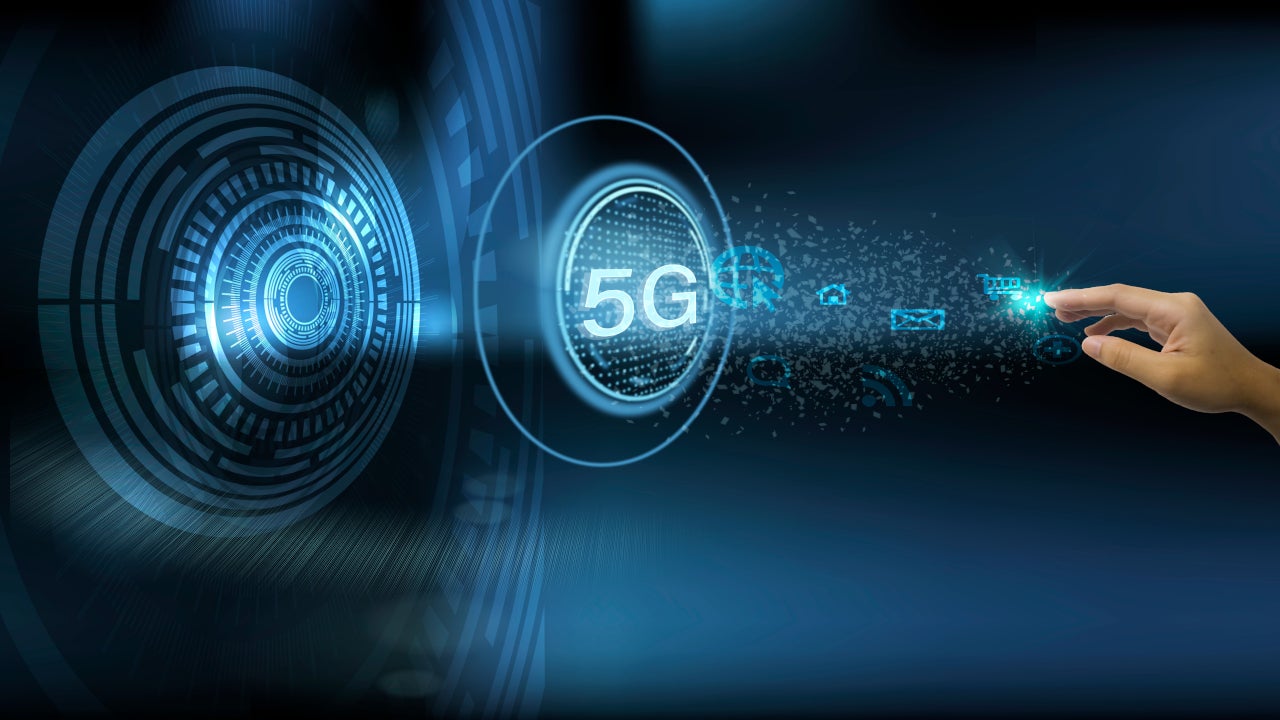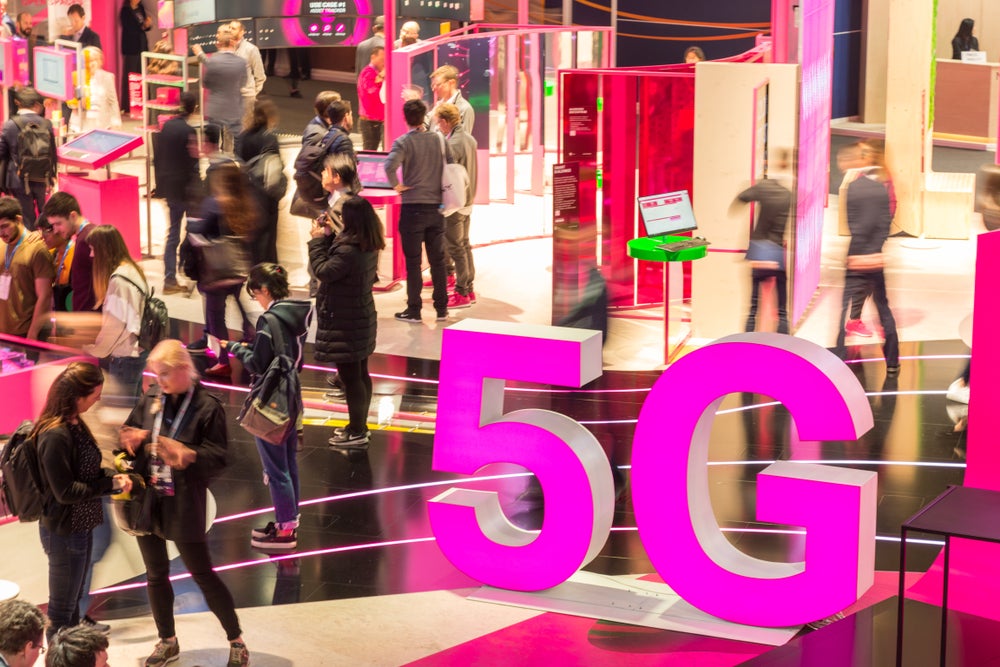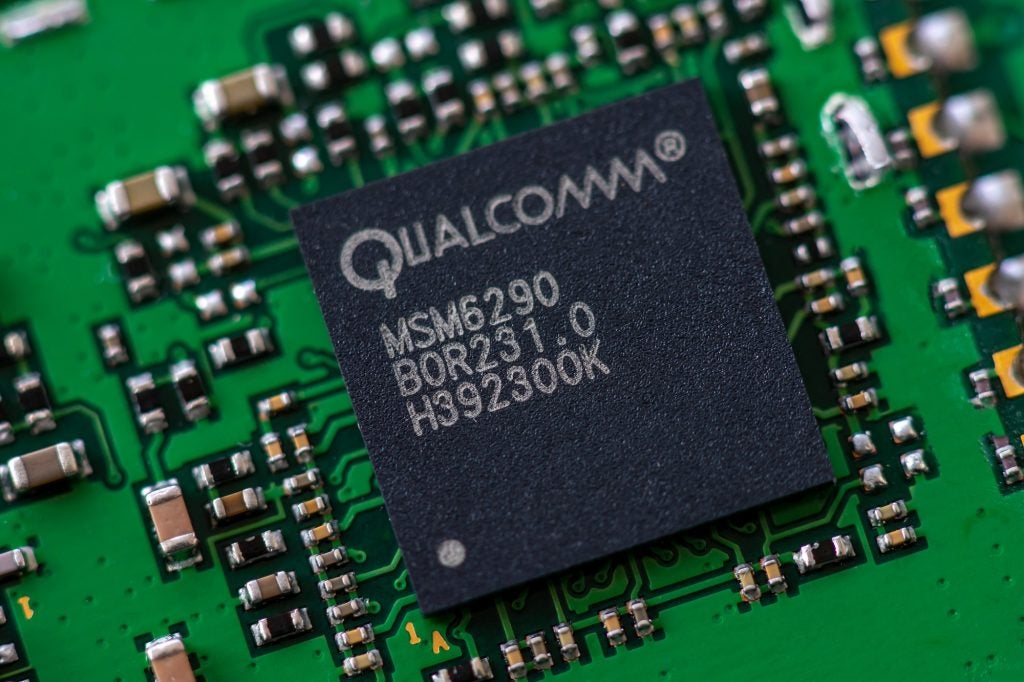
The global 5G market is poised for massive acceleration over the next two years as 5G network coverage expands globally. However, performance capabilities vary significantly by spectrum band. Operators are now looking to use more mid-band spectrum, which supports higher speeds and more cost-effective coverage than high-band (mmWave) spectrum.
Regulatory Trends
Listed below are the key regulatory trends impacting the 5G theme, as identified by GlobalData.
Spectrum
5G uses a mix of frequencies to deliver widespread coverage and support a broad range of use cases. The availability of spectrum within the required frequency bands is therefore integral to the development of 5G. According to the GSMA, a trade body representing mobile operators, regulators should look to free up 80MHz to 100MHz of contiguous spectrum per operator in prime 5G mid-band spectrum and around 1GHz per operator in high bands. The GSMA has called on government and regulators to ensure that sufficient mid- and low-band spectrum is made available. The World Radiocommunication Conference (WRC) in 2019 identified high-capacity spectrum for 5G. WRC-23 should identify mid- and low-band spectrum.
In the US, the Federal Communications Commission (FCC) has already auctioned off the upper 37GHz, 39GHz, and 47GHz spectrum for 5G use and CBRS spectrum in the 3.5GHz band that comes with network sharing requirements. The FCC auctioned 280MHz in the 3.7GHz to 3.98GHz mid-band frequencies for 5G in December 2020. The Covid-19 pandemic has slowed or delayed spectrum auctions in Europe. That has meant operators have been unable to meet a mandate by the European Union (EU) that all EU countries release spectrum in the 700MHz band by June 2020 and mid-band spectrum in the 3.4GHz – 3.8GHz range for 5G and mmWave frequencies in the 24.25GHz -27.5GHz range by the end of 2020. This mandate was in place to speed the rollout of 5G across Europe.
China, Japan, and South Korea have benefitted from a supportive regulatory environment by quickly releasing spectrum. Current bands in China are mid-band and low-band (700MHz). China’s Ministry of Industry and Information Technology (MIIT) is reportedly exploring mmWave for 5G in the 26GHz band.
Small cells
Small cells play a major role in the spread of 5G. Compact, low-power versions of the base stations that transmit and receive cellular radio signals, small cells can be deployed in indoor locations (such as corporate offices, shopping malls, and hospitals) and outdoors (for example, on lampposts and utility poles). Outdoor deployment entails multiple challenges for operators, including government regulation and connecting to available power supplies and backhaul connections to the rest of the network. In urban areas where small-cell deployment is most useful, fibre deployment can be blocked by several impediments).
How well do you really know your competitors?
Access the most comprehensive Company Profiles on the market, powered by GlobalData. Save hours of research. Gain competitive edge.

Thank you!
Your download email will arrive shortly
Not ready to buy yet? Download a free sample
We are confident about the unique quality of our Company Profiles. However, we want you to make the most beneficial decision for your business, so we offer a free sample that you can download by submitting the below form
By GlobalDataIn indoor environments, several equipment vendors, including Ericsson, Huawei, Corning, and others, offer distributed solutions that connect a common centralised, on-premises baseband unit to radio end units distributed throughout the venue. These solutions have been widely deployed to deliver Long-Term Evolution (LTE) data connectivity to users but, as 5G technology evolves, they are also likely to be used for a range of new enterprise-focused 5G services such as the Internet of Things (IoT) and Industry 4.0. These include factory automation and many others and could employ high-frequency millimetre-wave spectrum allocated for 5G.
5G radiation concerns
Consumers have long held unfounded concerns over the long-term effects of daily exposure to radio waves emanating from smartphones and cell towers. 5G has exacerbated those concerns. Most recently, 5G radiation concern has focused on the use of mmWave frequency bands, in which radio signals are broadcast at much higher frequencies than in previous network iterations, raising new radiation concerns that by all accounts are not backed by evidence.
However, more than three decades since the launch of the cellular era, the vast majority of studies on cellular radiation have found no link between cell phone usage and cancer. The National Cancer Institute cites three major studies involving hundreds of thousands of subjects using cell phones over many years, in which no clear link has been found. This finding has generally been endorsed by several other research groups, including the American Cancer Society, the US National Institute of Environmental Health Sciences, the US Food and Drug Administration, and the US Centers for Disease Control, as well as the US Federal Communications Commission and the European Commission’s Scientific Committee on Emerging and Newly Identified Health Risks.
Unfortunately, as the industry is forced to deal with irrational concerns over radiation and cancer, it takes the spotlight away from an area that should have health advocates in crisis mode. The link between adolescent smartphone addiction and stunning increases in anxiety, depression, and suicide is becoming increasingly clear with each new study.
This is an edited extract from the 5G – Thematic Research report produced by GlobalData Thematic Research.








Related Company Profiles
Corning Inc